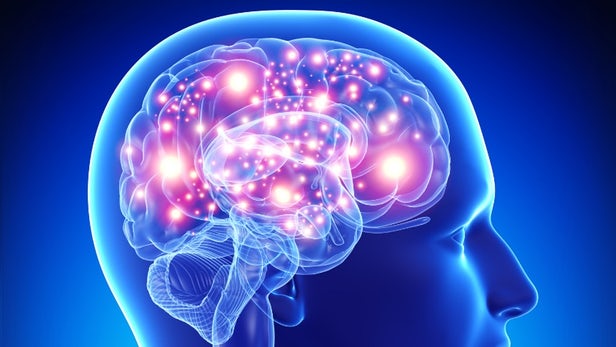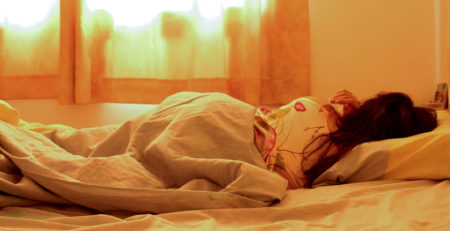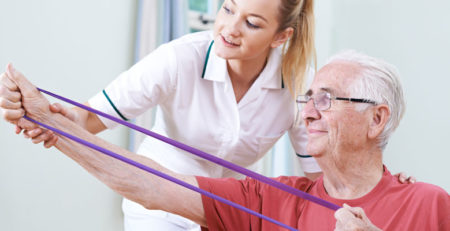Brain Awareness Month
June is Alzheimer’s and Brain Awareness Month
A few facts about Alzheimer’s:
• 50 million people are living with Alzheimer’s and other dementias worldwide.
• Alzheimer’s is the 6th leading cause of death in the United States.
• Every 65 seconds someone in the United States develops Alzheimer’s disease.
• One in 10 people age 65 and older has Alzheimer’s disease.
• Two-thirds of Americans with Alzheimer’s are women.
What is Alzheimer’s Disease?
Alzheimer’s is the most common cause of dementia, a general term for memory loss and other cognitive abilities serious enough to interfere with daily life. Alzheimer’s is not a normal part of aging. Alzheimer’s is a progressive disease, where dementia symptoms gradually worsen over a number of years. Alzheimer’s disease accounts for 60-80% of dementia cases.
The most common early symptom of Alzheimer’s is difficulty remembering newly learned information because Alzheimer’s changes typically begin in the part of the brain that affects learning. As Alzheimer’s advances through the brain it leads to increasingly severe symptoms, including disorientation, mood and behavior changes; deepening confusion about events, time and place; unfounded suspicions about family, friends and professional caregivers; more serious memory loss and behavior changes; and difficulty speaking, swallowing and walking.
Alzheimer’s has no current cure, but treatments for symptoms are available and research continues. Although current Alzheimer’s treatments cannot stop Alzheimer’s from progressing, they can temporarily slow the worsening of dementia symptoms and improve quality of life for those with Alzheimer’s and their caregivers.
Adapting the living situation to the needs of a person with Alzheimer’s disease is an important part of any treatment plan. For someone with Alzheimer’s, establishing and strengthening routine habits and minimizing memory-demanding tasks can make life much easier.
Always keep keys, wallets, mobile phones and other valuables in the same place at home, so they don’t become lost.
Keep medications in a secure location.
Make sure regular appointments are on the same day at the same time as much as possible.
Use a calendar or whiteboard in the home to track daily schedules. Build the habit of checking off completed items.
Remove excess furniture, clutter and throw rugs.
Install sturdy handrails on stairways and in bathrooms.
Ensure that shoes and slippers are comfortable and provide good traction.
Make sure that the person with Alzheimer’s carries identification or wears a medical alert bracelet.
Keep photographs and other meaningful objects around the house.













